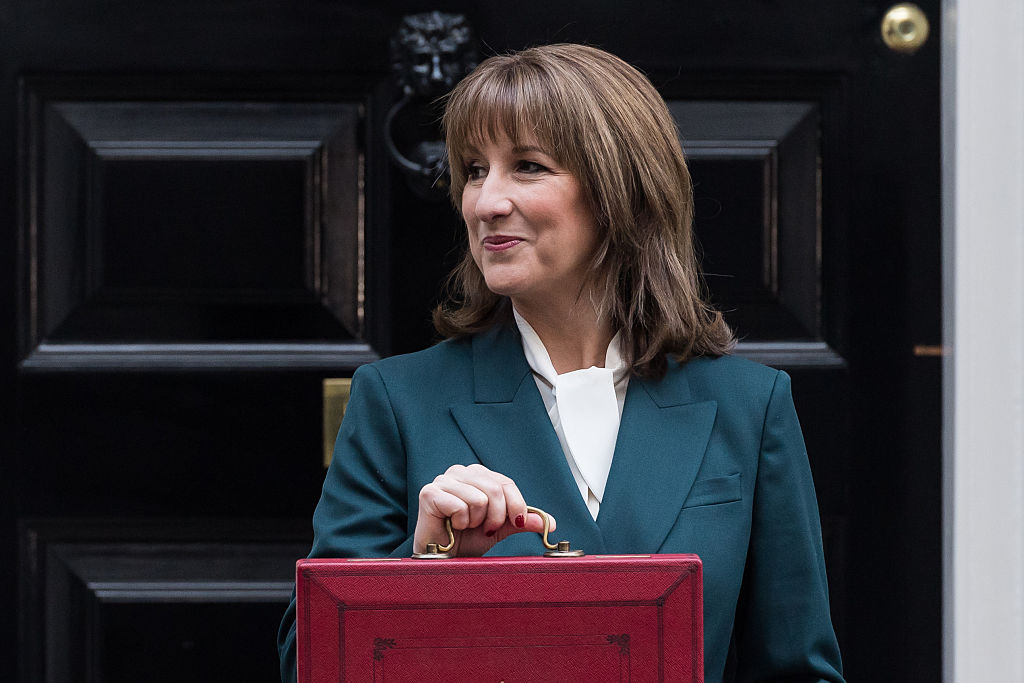The world’s greatest investors: Robert Fleming
Robert Fleming’s trust aimed to generate good returns by investing in a diversified portfolio of bonds.

Robert Fleming, founder of the first Scottish investment trust, was born in 1845 in Dundee. He left school at the age of 13 to work for a textile firm, rising to become a book-keeper to the company and private clerk to the owner, Edward Baxter, by the age of 21.
In 1870, he visited the US to see how Baxter's investments there were doing, and returned enthused about opportunities stateside. In 1873 he set up the Scottish American Investment Trust (also known as First Scottish), managing its portfolio until 1890. Later he became a well-known financier, setting up the merchant bank Robert Fleming & Co, which was responsible for many railroad restructurings.
What was his strategy?
Fleming's trust aimed to generate good returns by investing in a diversified portfolio of bonds. He focused almost exclusively on bonds of US towns and companies (mostly railways). First Scottish was also the first trust to do its own independent research. Fleming visited the US 64 times over a 50-year period so he could manage his business more directly, meet company management and get a feel for what was going on.
MoneyWeek
Subscribe to MoneyWeek today and get your first six magazine issues absolutely FREE

Sign up to Money Morning
Don't miss the latest investment and personal finances news, market analysis, plus money-saving tips with our free twice-daily newsletter
Don't miss the latest investment and personal finances news, market analysis, plus money-saving tips with our free twice-daily newsletter
Did this work?
Between 1873 and 1890 the value of the trust grew from £300,000 to £529,00 (around 3.4% per year). When you add in an average dividend yield that rose to 8% in later years, this means that First Scottish returned around 10% a year at a time when British government bonds yielded around 3.5% a year and even American bonds were about 6%. Meanwhile, the merchant bank Fleming founded was eventually sold to Chase Manhattan (now part of JP Morgan) for $7bn in 2000.
What were his top trades?
Most people agree that Fleming's finest hour came in 1876 when he represented the bondholders of the Erie Railway, a company notorious for financial mismanagement, facing down JP Morgan himself in a successful reorganisation of the railroad. He did the same again with Jay Gould with the Texas Pacific Railroad in 1886. Not only did First Scottish make a large return on these investments, but the subsequent publicity meant that he became sought after by investors in other railroad firms.
What else can investors learn?
Fleming was scrupulous about putting the interest of his investors first. First Scottish had an annual management fee of only £1,000 (an effective rate of just 0.3% of assets). This means that between 1873 and 1890, 97% of the additional money that the fund made went back to the people who invested in it.
Get the latest financial news, insights and expert analysis from our award-winning MoneyWeek team, to help you understand what really matters when it comes to your finances.

-
 London claims victory in the Brexit wars
London claims victory in the Brexit warsOpinion JPMorgan Chase's decision to build a new headquarters in London is a huge vote of confidence and a sign that the City will remain Europe's key financial hub
-
 Rachel Reeves's Autumn Budget: What it means for the UK
Rachel Reeves's Autumn Budget: What it means for the UKOpinion A directionless and floundering government has ducked the hard choices at the Autumn Budget, says Simon Wilson